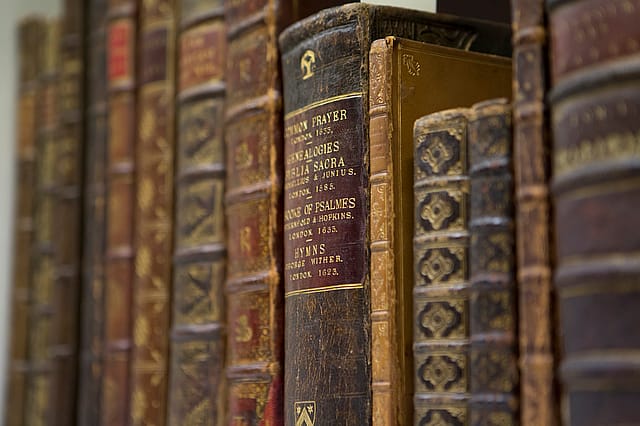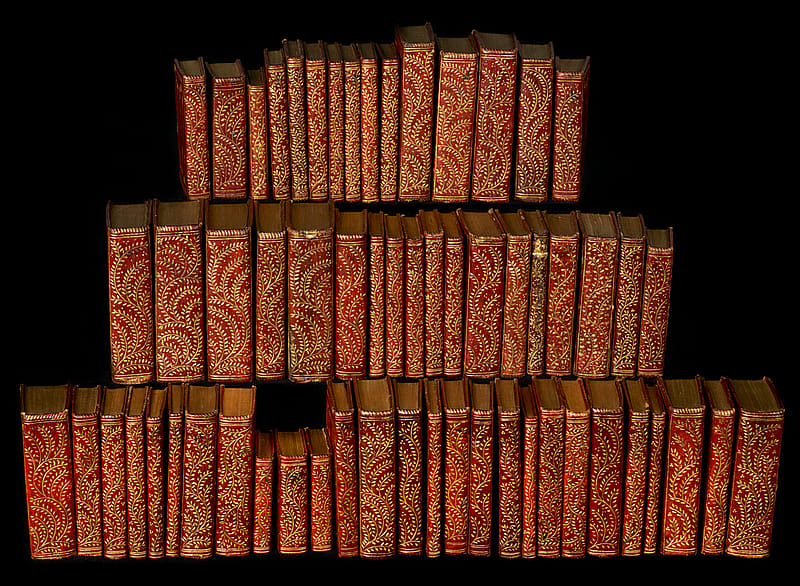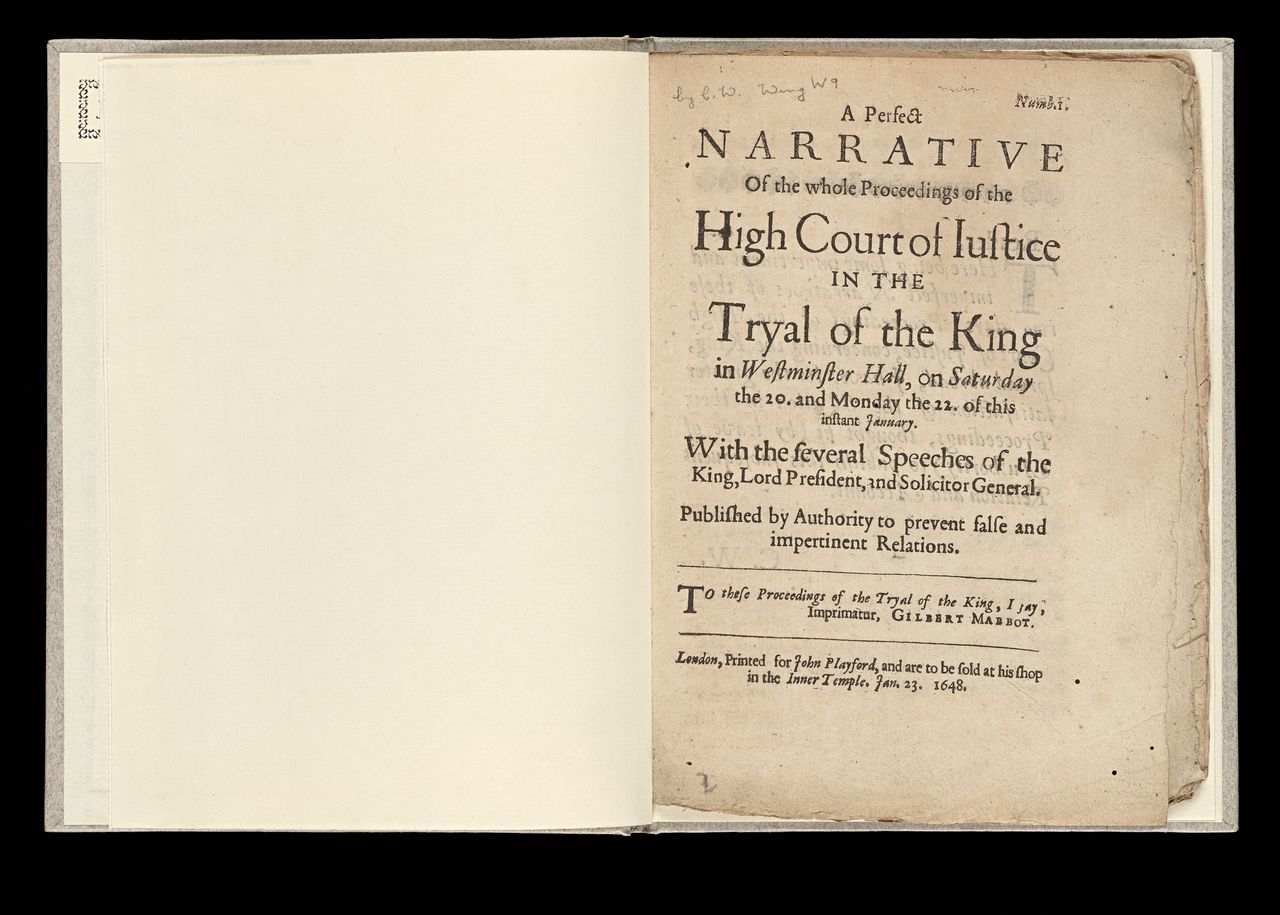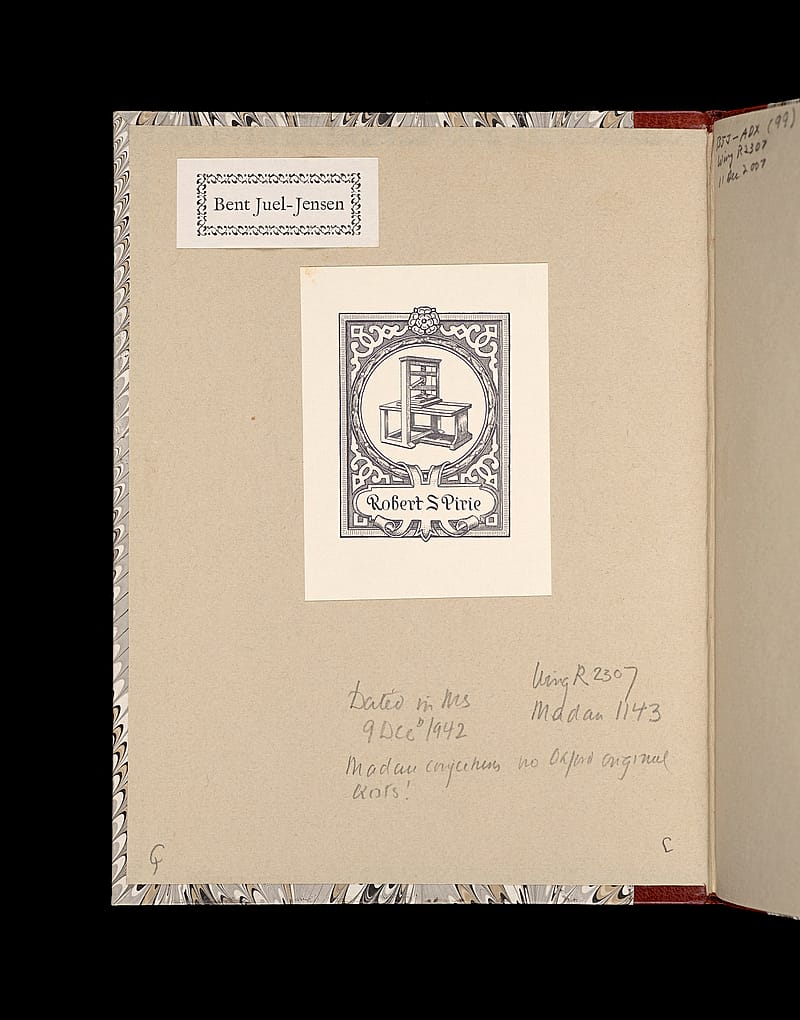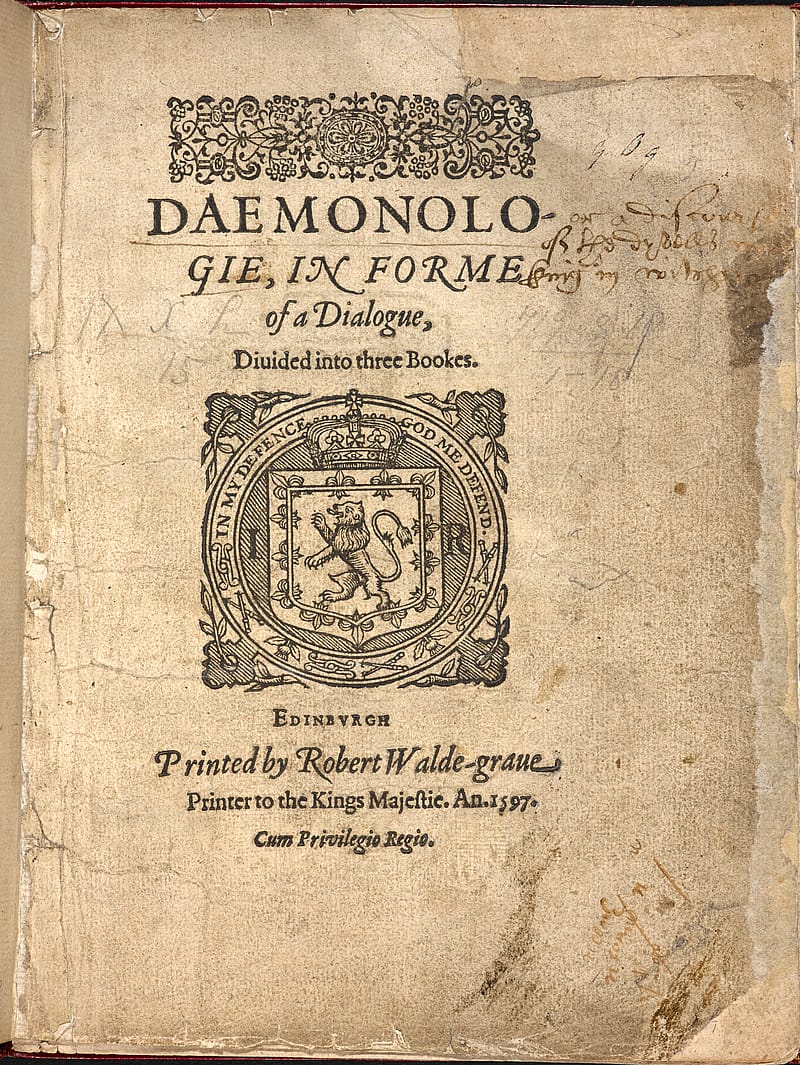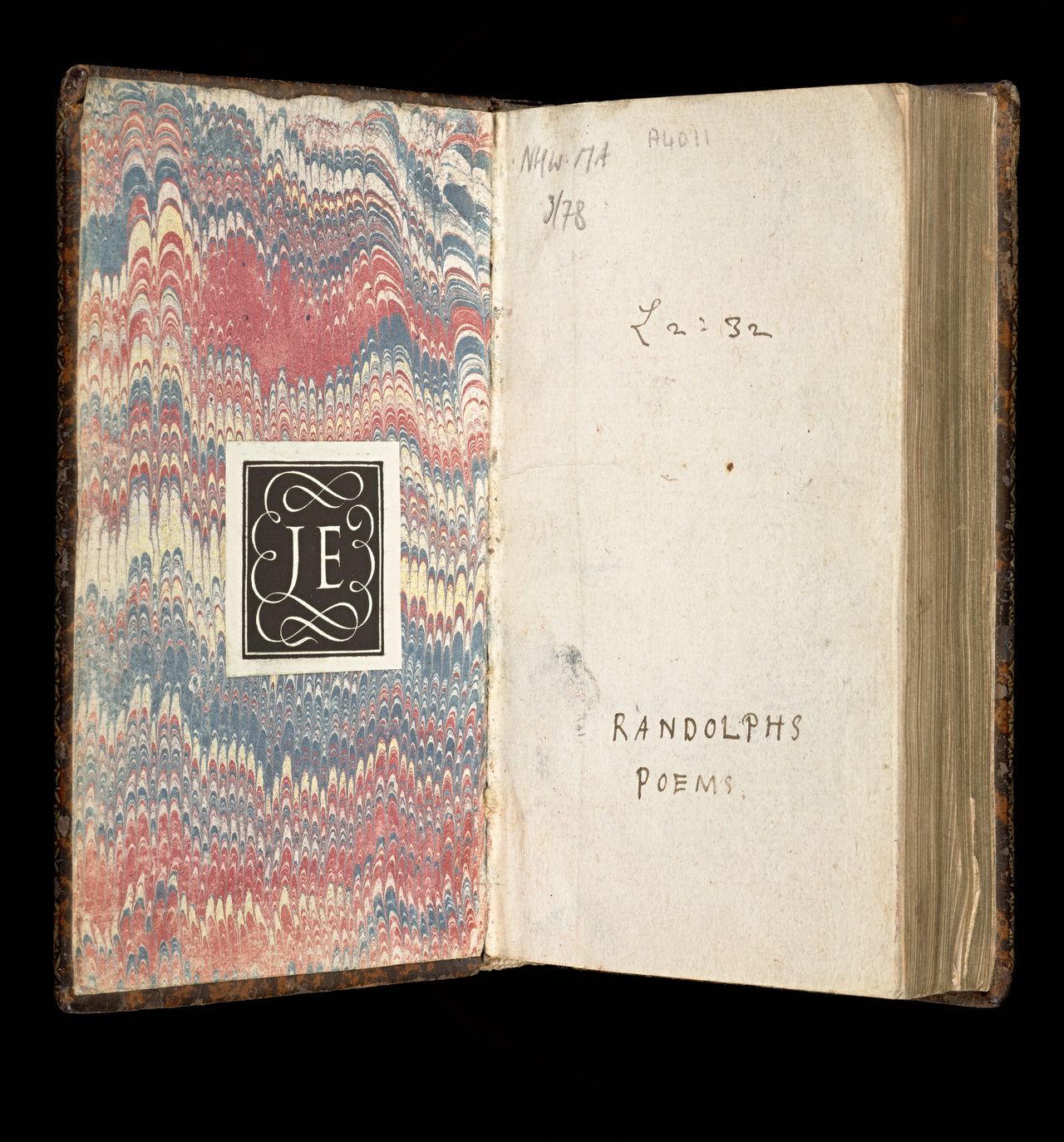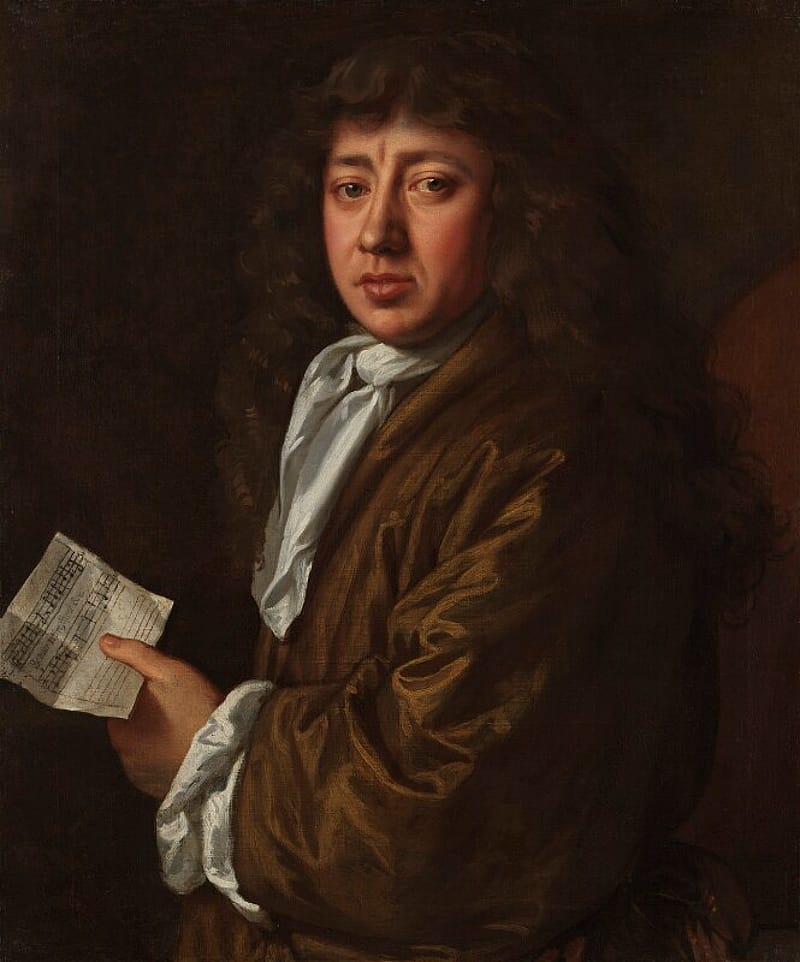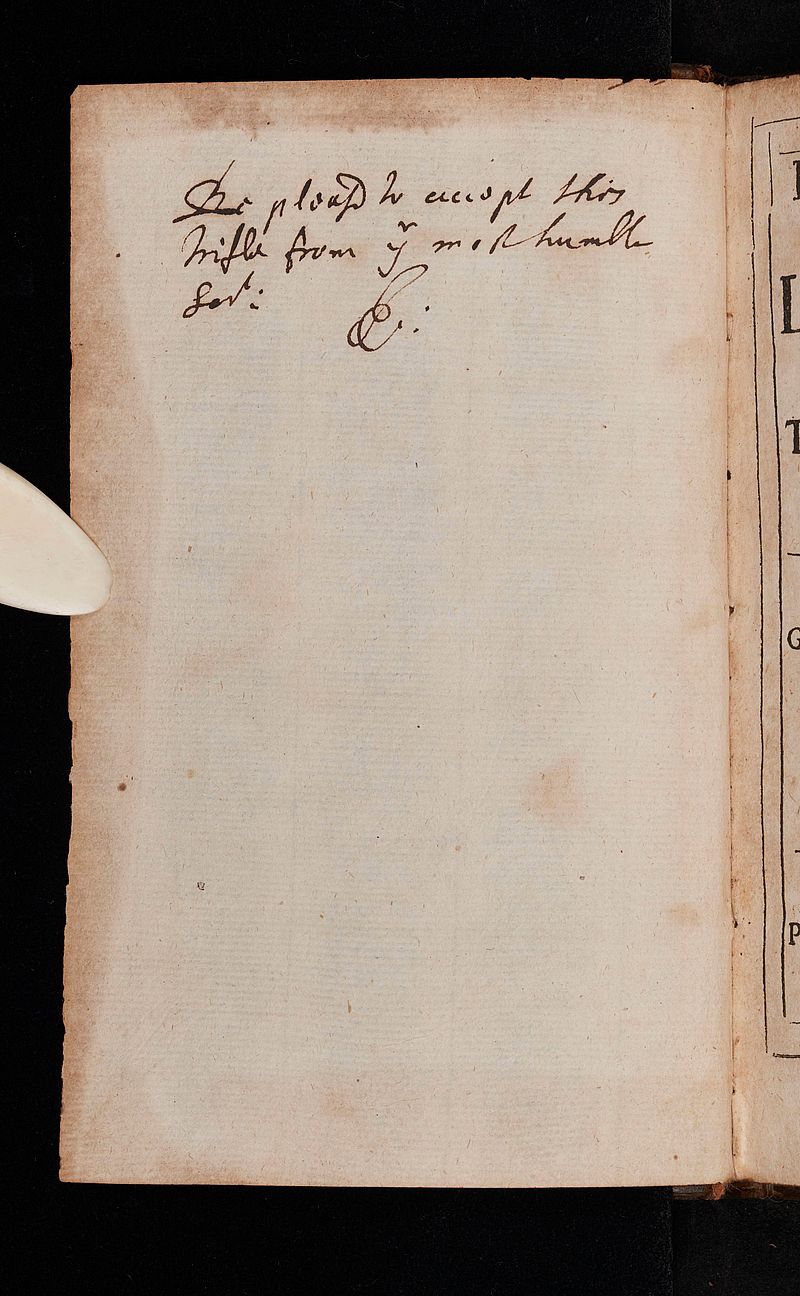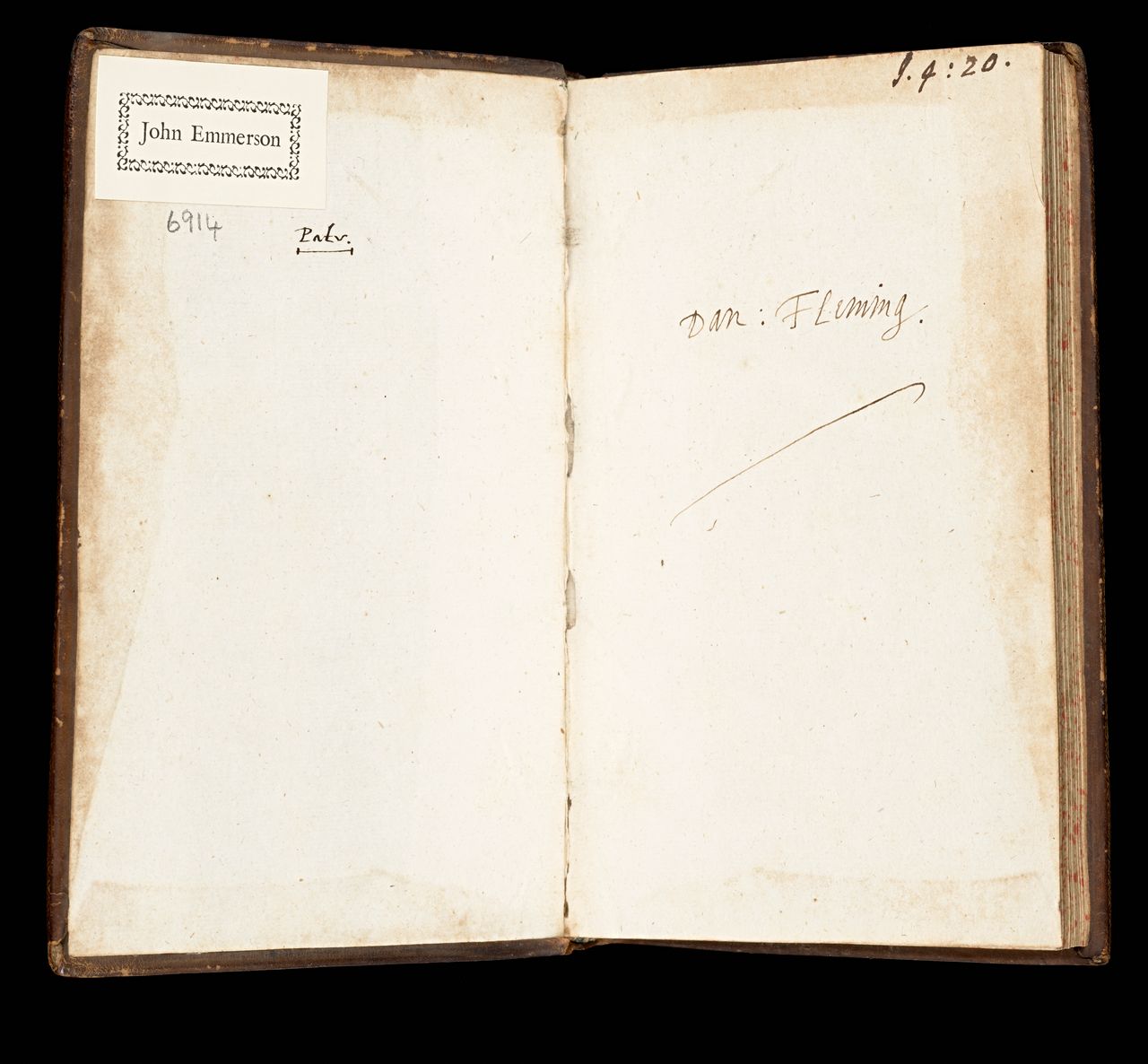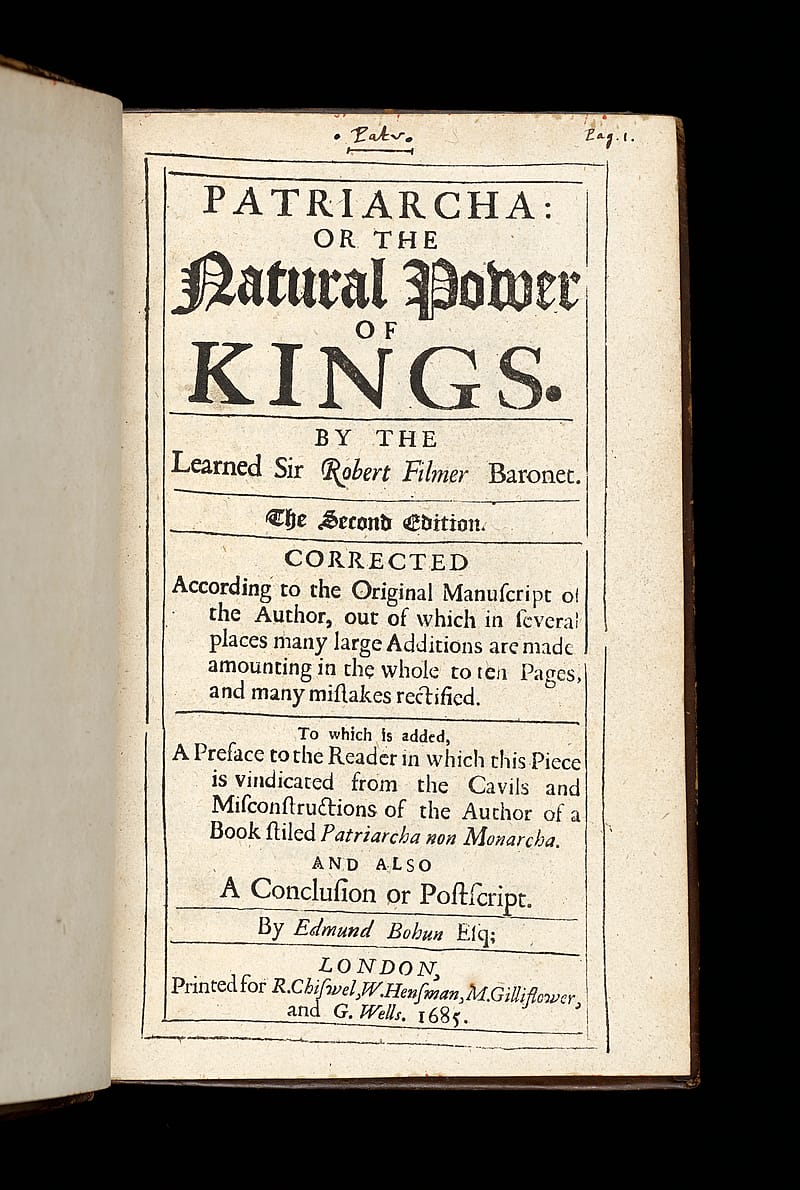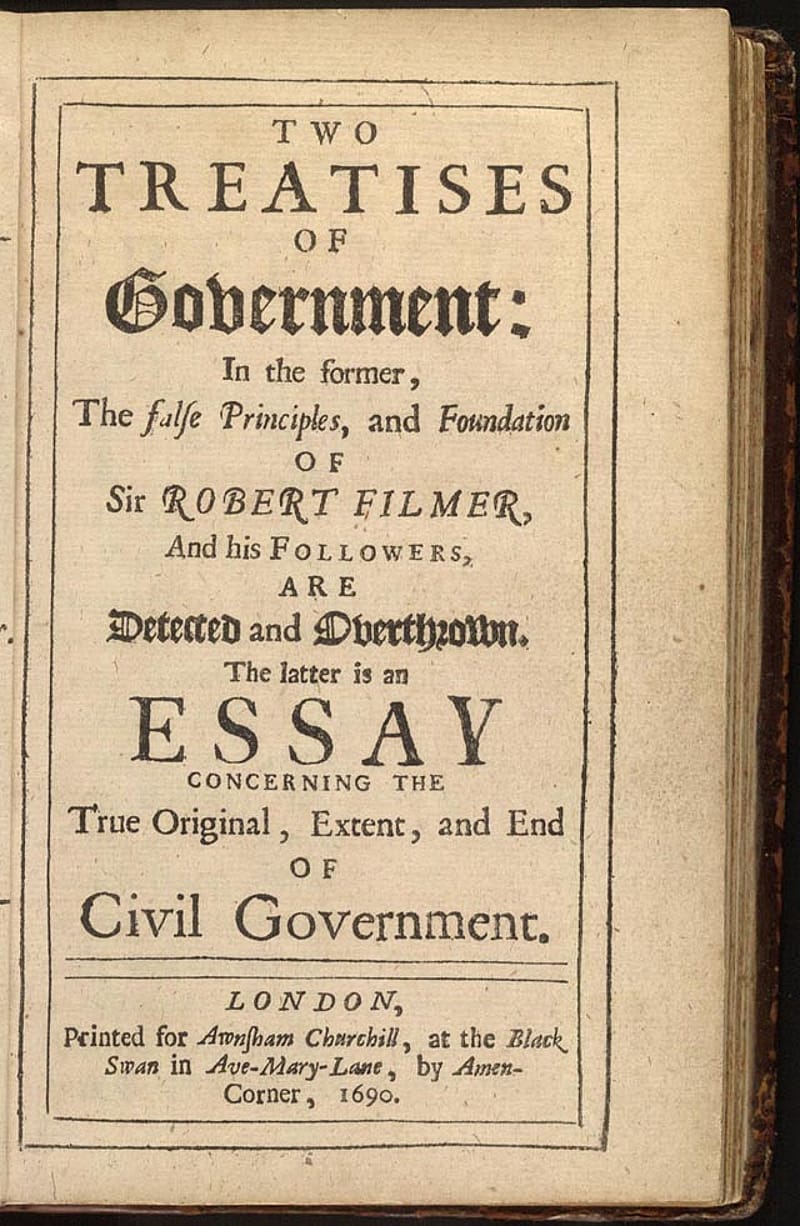Collectors
The Emmerson collection is, at first glance, extremely diverse, with books of every size, shape, and value, mostly from the seventeenth century. What ties the collection together is Emmerson’s abiding interest in history, and the way that these 350-400 year old books could bring history to life, and make us feel as if we were touching the same items that people in those days touched.
As part of his deep interest in the process of collecting and in systems used to order collections, Emmerson himself collected works by two seventeenth-century collectors: the diarist John Evelyn and the lawyer Daniel Fleming. Emmerson’s collection as a whole is special not just because it contains beautiful and unusual books but because it is so inclusive of everything from the most apparently ephemeral pamphlet through to showy presentation copies.
This story uses animation triggered by scrolling. To disable animation select:



